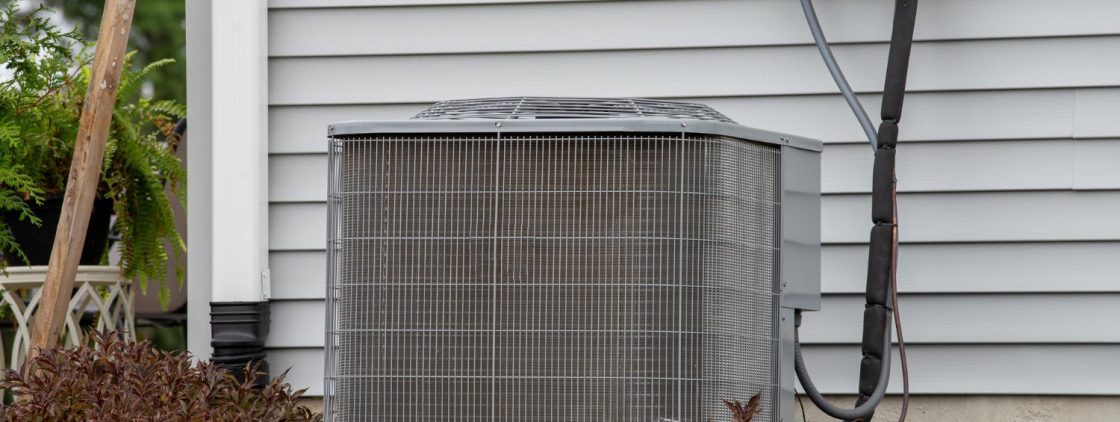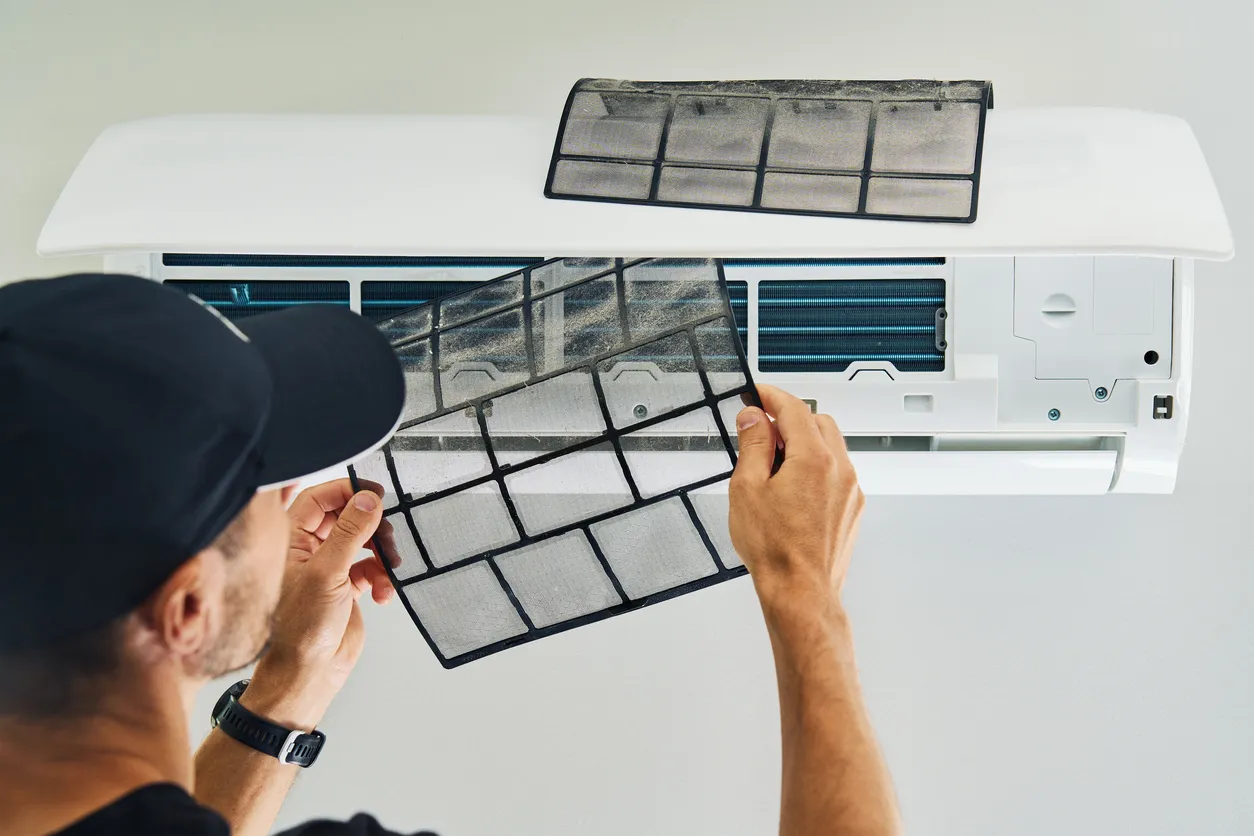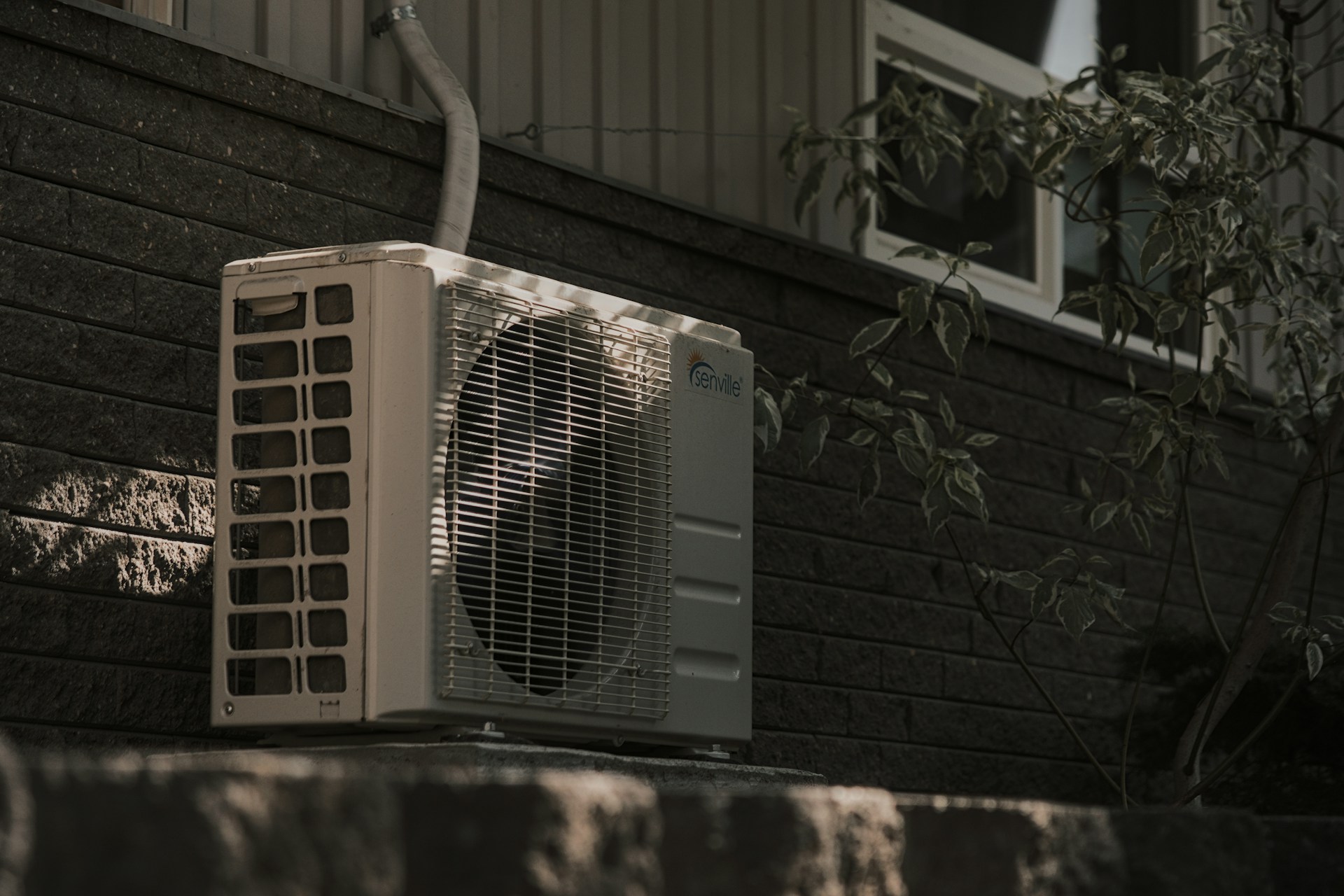When the HVAC system in your Stafford home stops reacting to thermostat changes, it can be more than frustrating. It can make your entire house uncomfortable, especially in the heat of August. You adjust the temperature, wait, and nothing happens. Whether your system is running non-stop, only turning on for a few minutes, or failing to turn on at all, something is clearly wrong. The issue can be minor or tied to deeper system failure, and understanding the cause is the first step toward fixing it.
Performance problems usually do not resolve on their own. Waiting too long to take action can lead to higher energy bills, uneven indoor temperatures, and extra wear on the components. Residents in Stafford rely on consistent air conditioning during the peak summer period, so if your system stops responding, there’s little time to waste. Pinpointing the issue early helps speed up repairs and prevents prolonged discomfort.
Common Reasons Your HVAC System Isn’t Responding
Not every HVAC problem leads to a total system failure right away, but what starts as a small issue can become more serious if ignored. Here are some of the most common reasons your HVAC system may not be responding to thermostat settings.
1. Thermostat Malfunctions
The thermostat serves as the command center of your HVAC system. When it gives incorrect signals or none at all, the system won’t deliver heating or cooling as expected. Common thermostat problems include:
– Dead batteries
– Loose wiring connections
– Dust or debris behind the thermostat faceplate
– Incorrect mode or temperature settings
Sometimes, the issue is something as simple as the system being set to “fan only” instead of “cool.” If your HVAC equipment does not respond when settings are changed, start by checking your thermostat’s screen, battery power, and mode.
2. Dirty or Blocked Filters
Air filters keep dust and debris from entering your HVAC system. When they’re clogged, airflow becomes limited, making it harder for the system to push conditioned air through the vents. A blocked filter can also cause parts of the system to overheat and shut off early before achieving the set temperature. Here’s what to watch for:
– Weak or reduced airflow from the vents
– Dust lingering near vents or collecting faster than usual
– HVAC system cycling on and off frequently
Swapping out a dirty filter can improve performance, but if the system still ignores temperature commands after replacing the filter, a deeper issue could be present.
3. Low Refrigerant Levels
When your AC is running but the air feels warm or humid, there’s a chance your refrigerant is low. This can be due to a leak or an incorrect refrigerant charge from a past service. Since refrigerant is crucial to the cooling cycle, a system low on it may run continuously and still fail to reach your desired temperature.
Refrigerant leaks or shortages are not safe to handle without proper training. If your system continues to blow warm air after basic checks, it’s time for a professional inspection to locate leaks and recharge the system correctly.
Any of these issues can make your HVAC system unresponsive to established temperature settings, especially after extended use during summer in Stafford. Routine strain on parts can gradually lead to breakdowns, but resolving smaller problems early helps avoid more damaging consequences later.
Electrical Issues Affecting HVAC Performance
Electrical problems are another frequent reason why HVAC systems stop responding accurately. These issues often go unnoticed until they interrupt parts of the system from functioning properly.
If faulty wiring is present, communication between the thermostat and other HVAC components can be disrupted. Loose or frayed wires might prevent signals from reaching the blower motor, compressor, or fan. In some cases, the system may not turn on at all. Symptoms to watch for include:
– Thermostat screen flickering or going blank
– System turning off randomly or never starting
– Outdoor unit staying silent when the system is called to run
Capacitors and relays also play important roles in the electrical system by helping motors start and manage power levels. A faulty capacitor may stop the blower or compressor from starting, while a broken relay could restrict electrical flow entirely. The result? The system either doesn’t start or shuts down just after it begins cooling.
You might hear a faint click without air movement afterward, or you might notice short run cycles that fail to cool the home. These signs may indicate electrical component failure, which our technicians can test, verify, and resolve using proper diagnostic tools.
Why HVAC Installation Quality Matters
Proper HVAC installation in Stafford is key for long-term system performance. A poorly installed system may never function properly, regardless of how new or advanced it is. Installation affects everything from air distribution to energy efficiency.
Some installation mistakes that can lead to responsiveness problems include:
– Duct leaks, which allow cooled air to escape before reaching your living spaces
– Systems that are either too large or too small for the layout, leading to frequent cycling
– Improper drainage that causes sensor or unit shutdowns during high humidity
– Faulty electrical connections made during installation, which can fail under normal load
For instance, a homeowner might assume a larger AC unit cools faster. But if that unit is oversized for the space, it cycles too quickly and fails to remove enough moisture, leaving rooms clammy and unevenly cooled. A proper HVAC installation in Stafford considers square footage, insulation, and airflow needs. When done by trained professionals, your system will deliver consistent temperature control and last longer.
If your HVAC system has had these issues since installation, it might be time to reevaluate its sizing or install quality.
Staying Ahead With Preventive Steps
Avoiding the need for major HVAC repairs starts with small, regular maintenance habits. Homeowners across Stafford can protect their HVAC systems by incorporating simple seasonal checks into their home routine.
Here are some helpful tips:
– Book HVAC check-ups before the summer begins and after the season ends
– Replace disposable filters every month during peak usage time
– Keep the area around outdoor units clear of obstruction
– Ensure vents and registers remain unblocked by furniture or rugs
– Check that the thermostat is secure on the wall and properly level
These steps will not solve major technical problems but they do promote better efficiency and may help avoid system strain. When these actions don’t solve the issue, it is best to have our technicians perform a full checkup to locate root issues before they escalate.
Reliable Cooling for Every Corner of Your Stafford Home
When your HVAC system does not respond to thermostat settings, discomfort can set in fast. Faulty thermostats, dirty filters, refrigerant loss, and electrical breakdowns all work against keeping your Stafford home comfortable. The longer you wait, the more difficult it becomes to stay cool and maintain energy efficiency.
Staying on top of system maintenance and recognizing signs of trouble before they grow worse can prevent frustration. Households that check their systems seasonally and notice slight irregularities early often avoid expensive issues later. When the cause points to something bigger like a wiring fault or poor HVAC installation in Stafford, our professionals are here to help you bring the comfort back into your home.
When your HVAC unit struggles to keep up with your thermostat settings, a fresh evaluation of the system design might be just what your Stafford home needs. Investing in professional HVAC installation in Stafford can ensure your setup is properly configured for efficient cooling and improved performance. Weather Cool Inc delivers tailored solutions designed to help maintain consistent comfort throughout the hottest months. For a quick estimate or to book a service visit, please contact us today.




